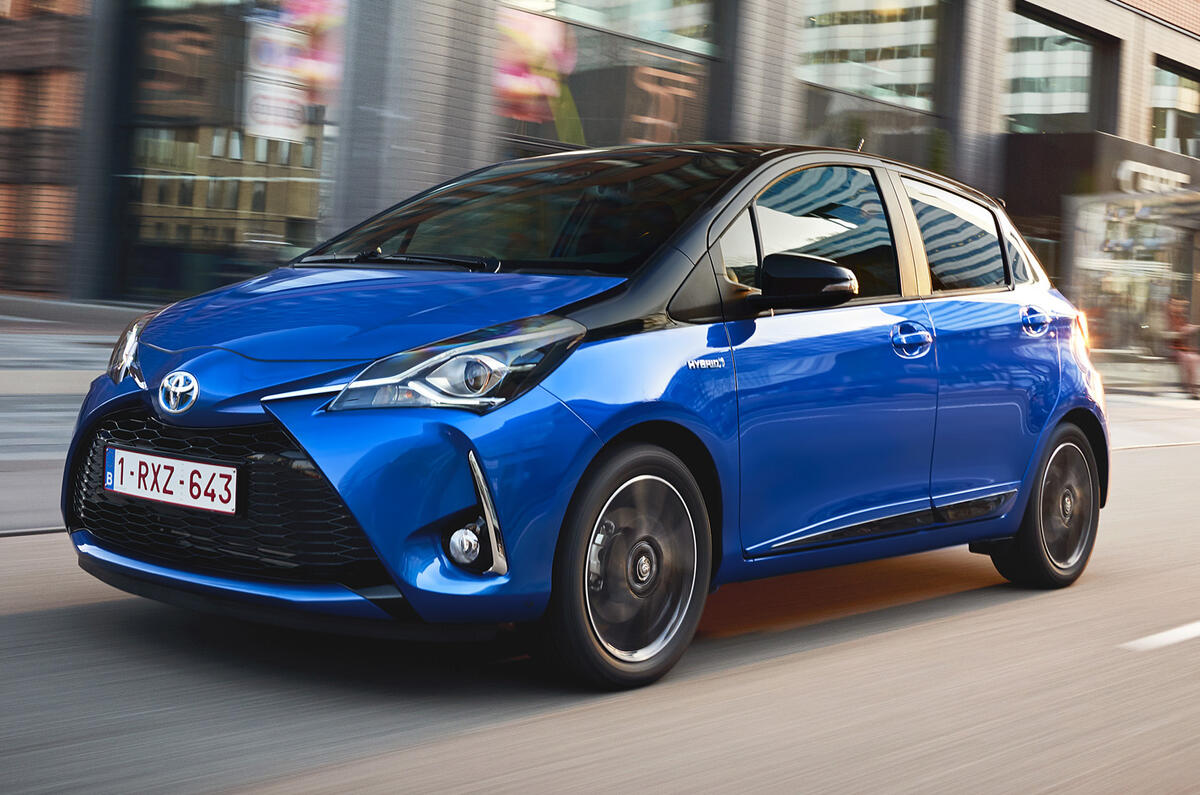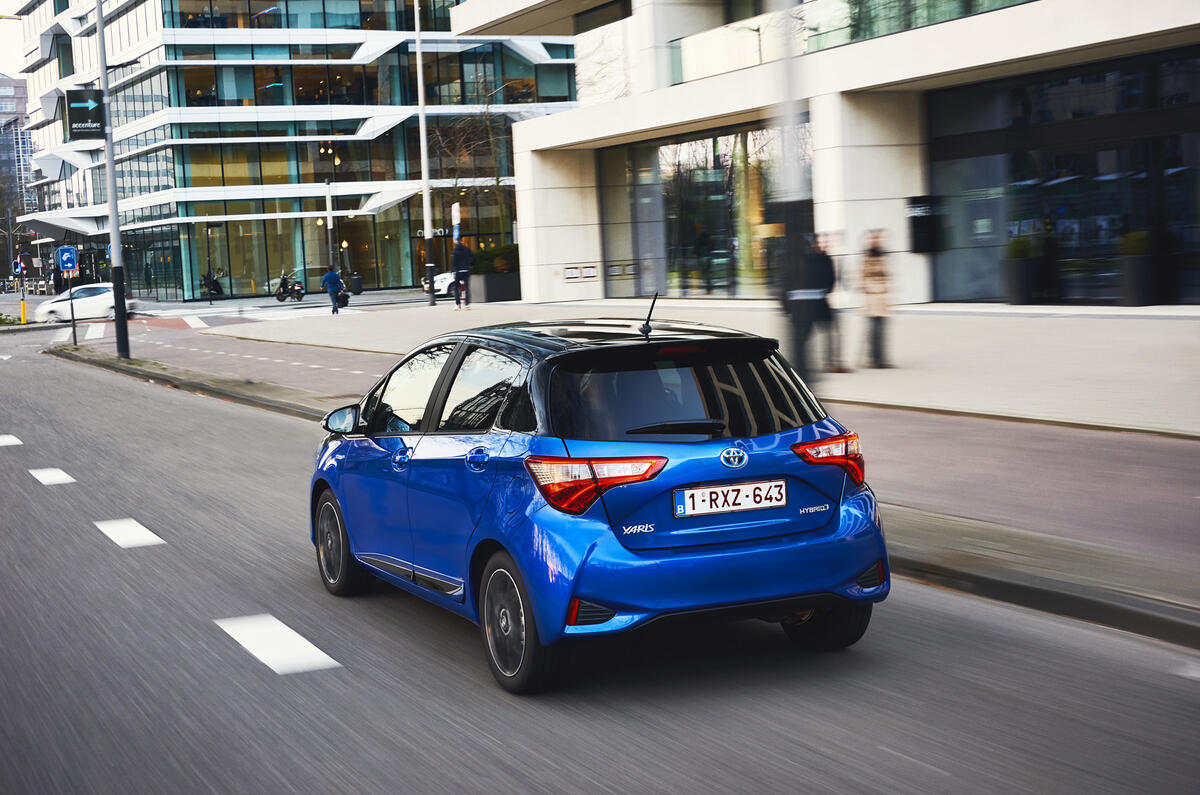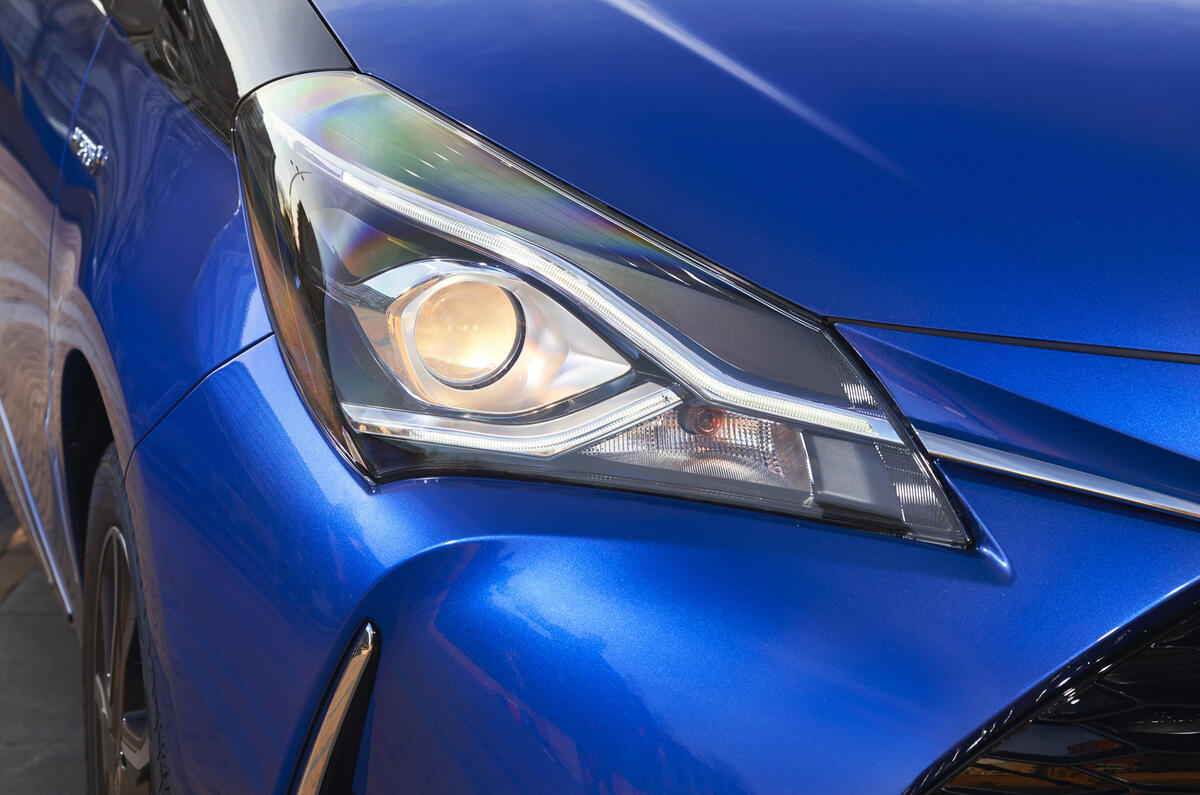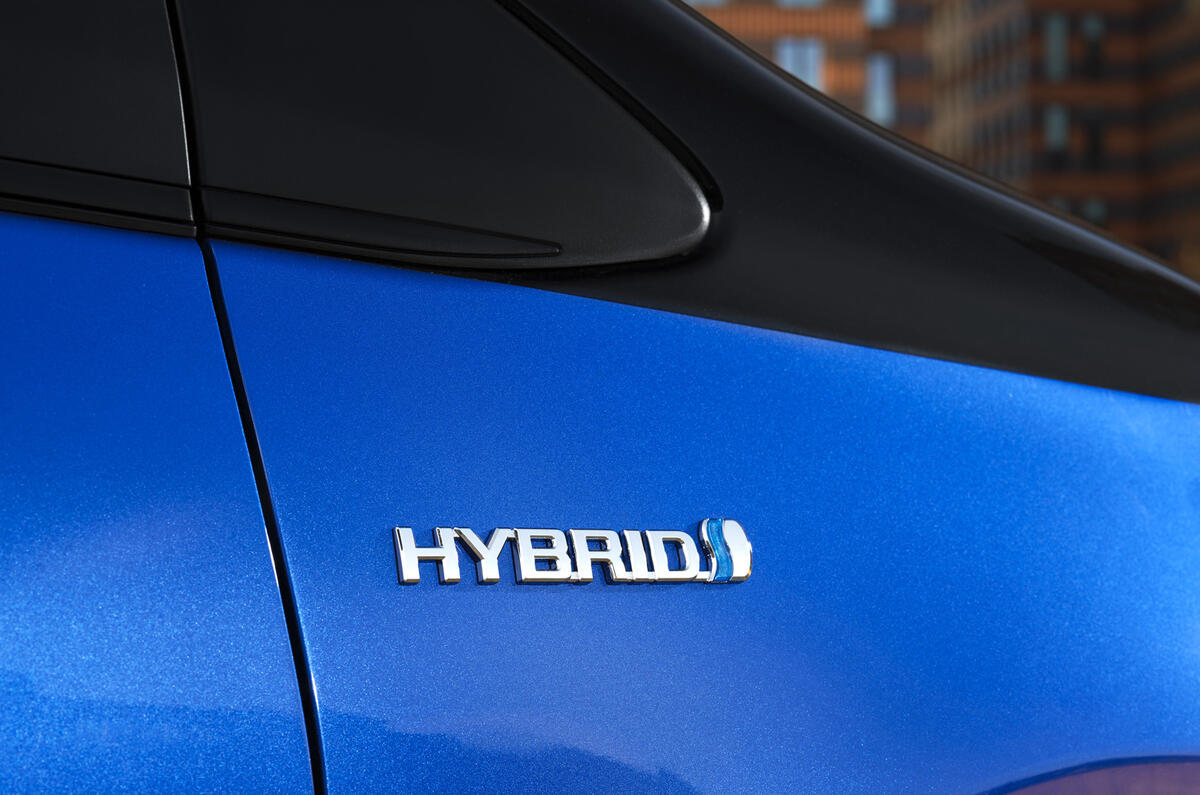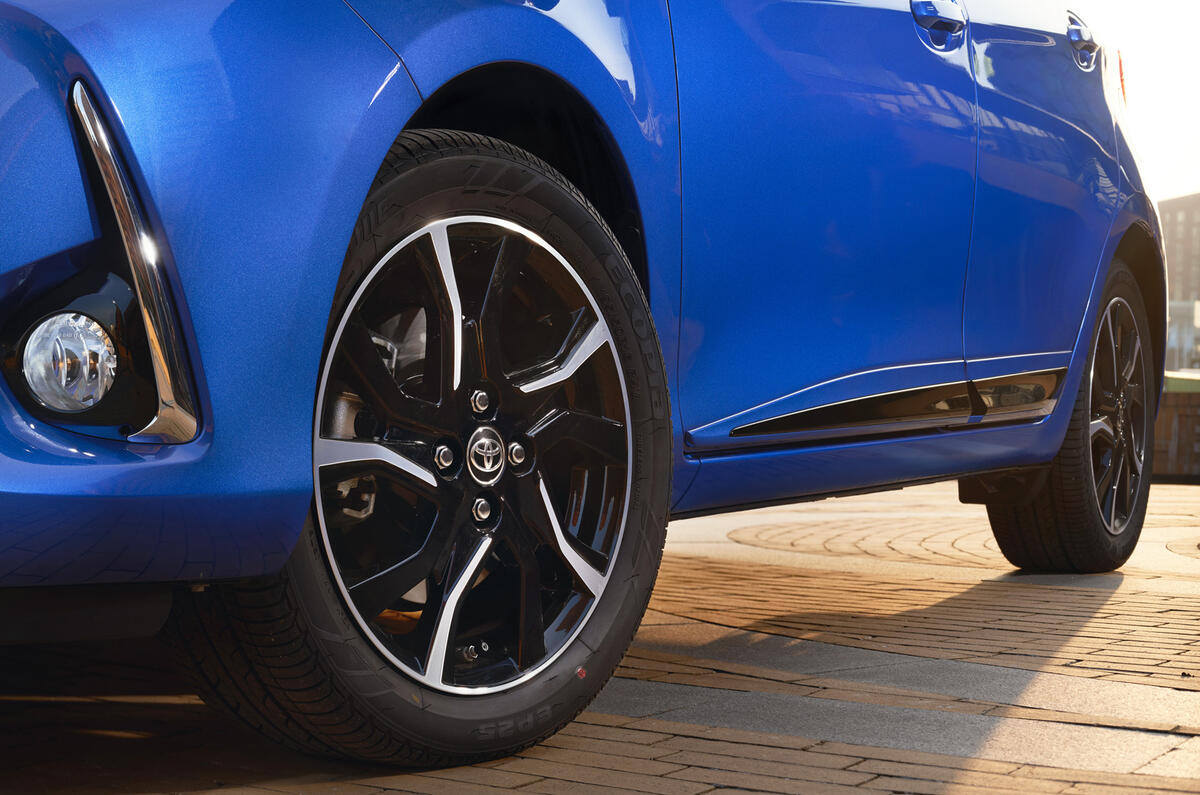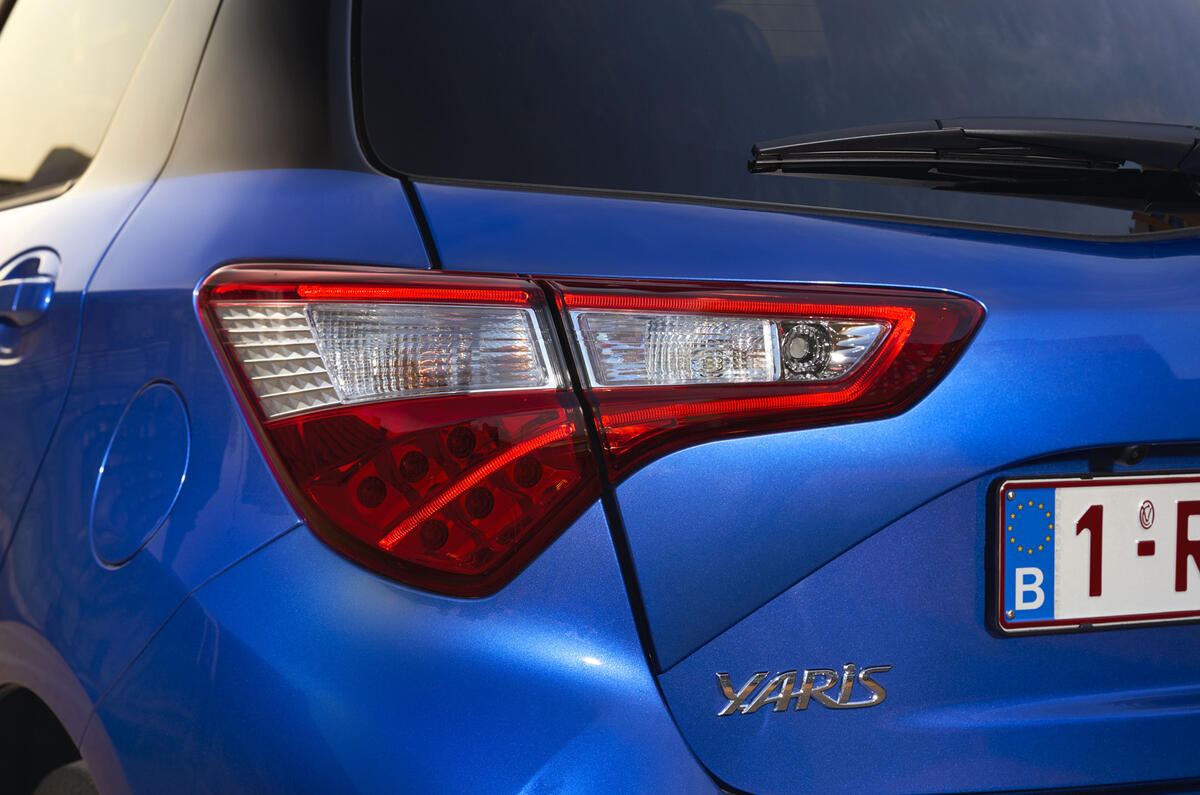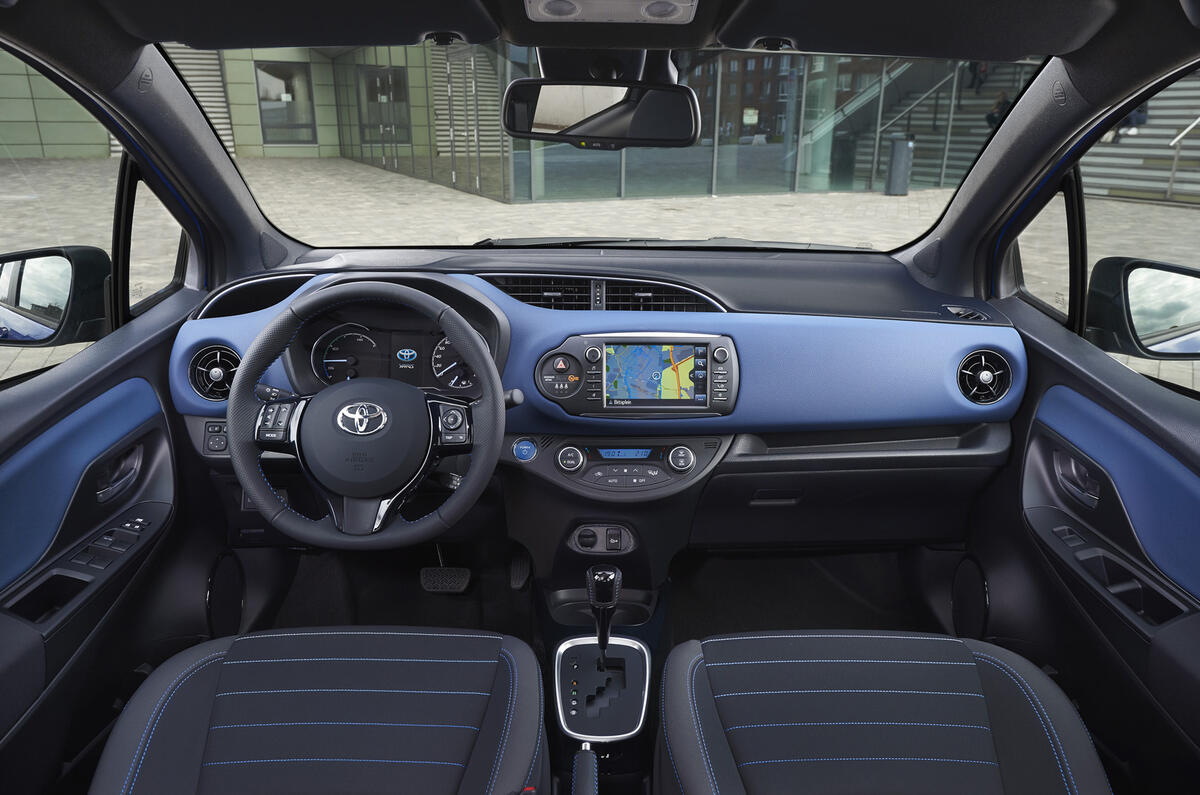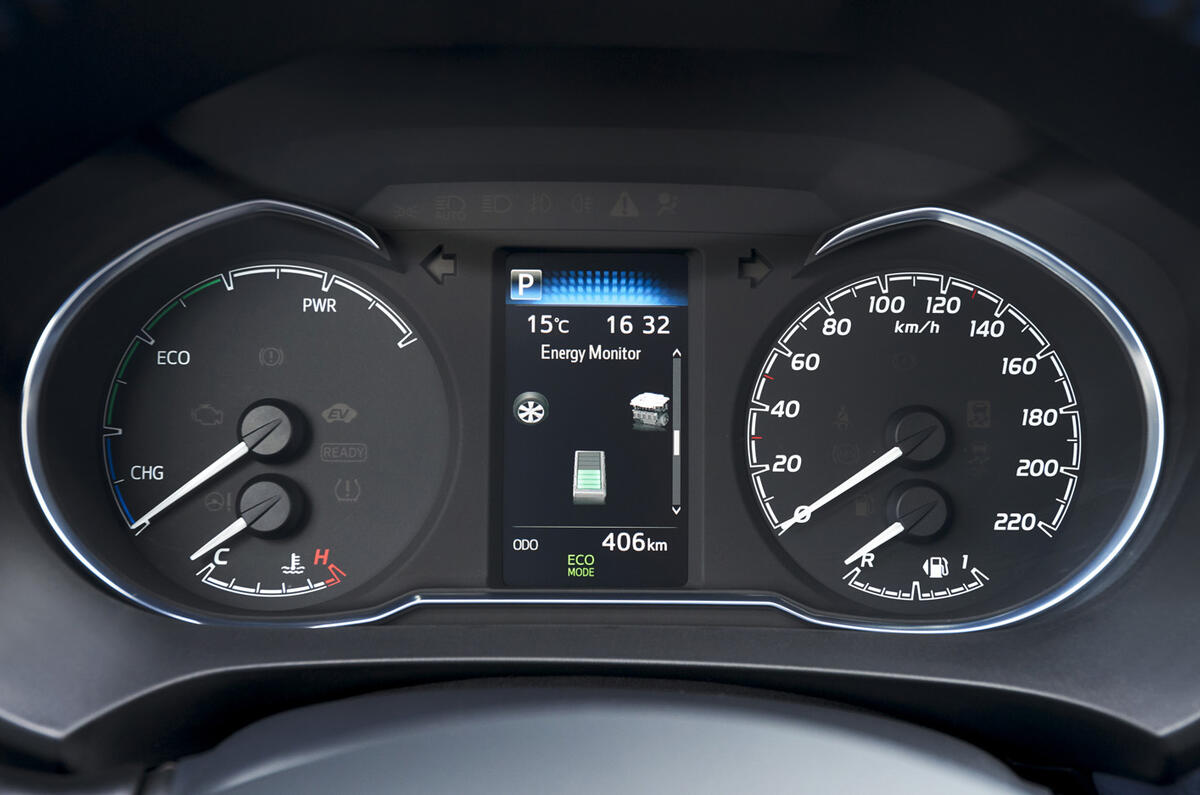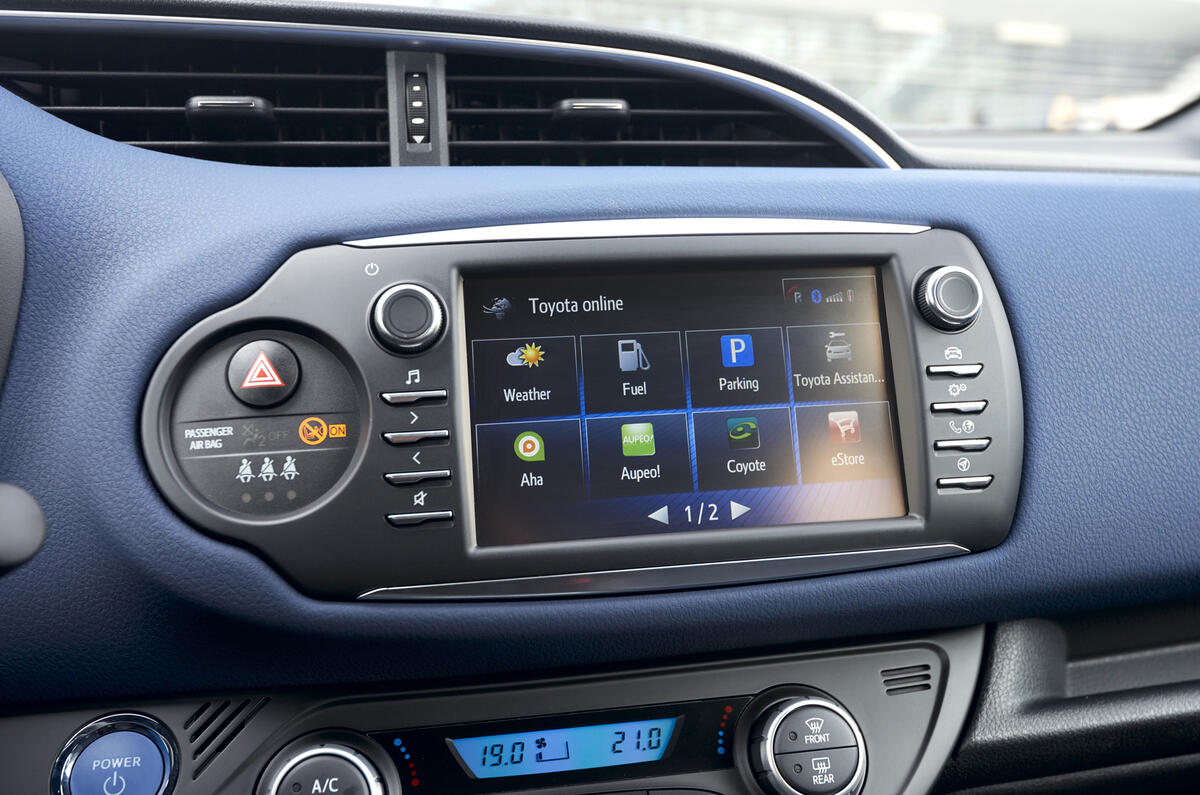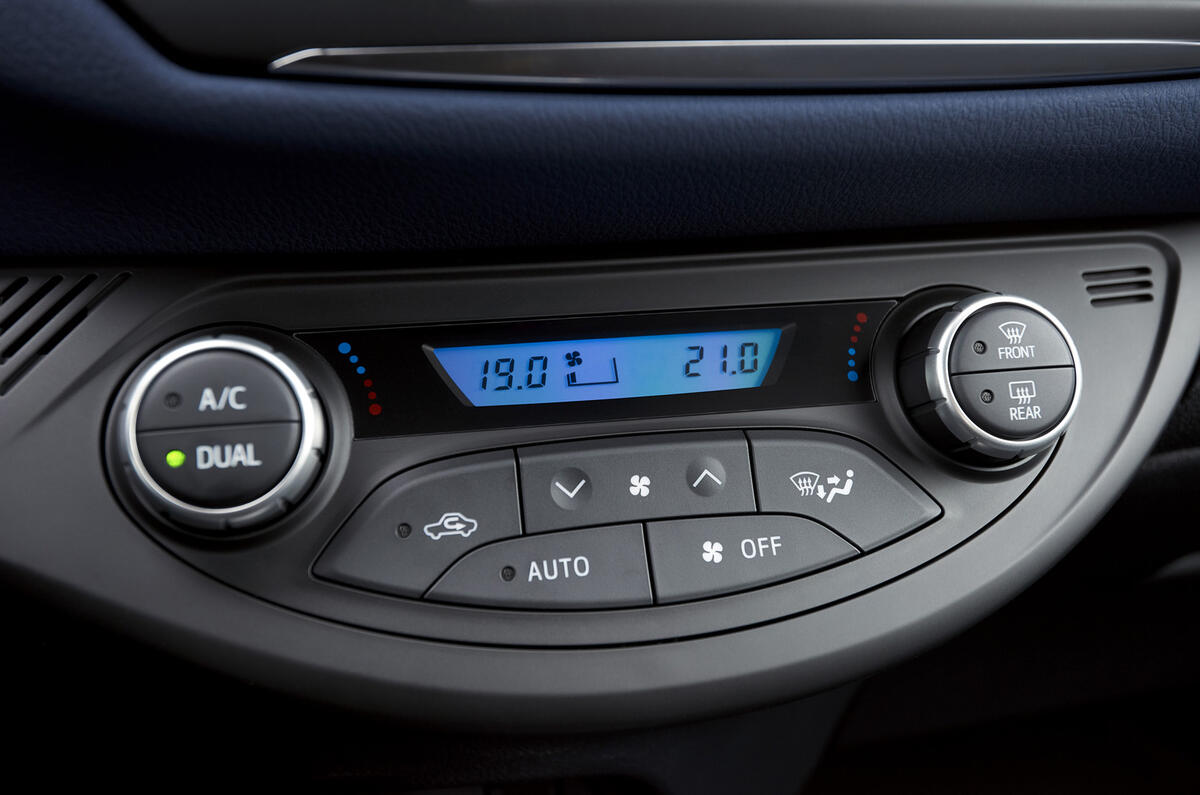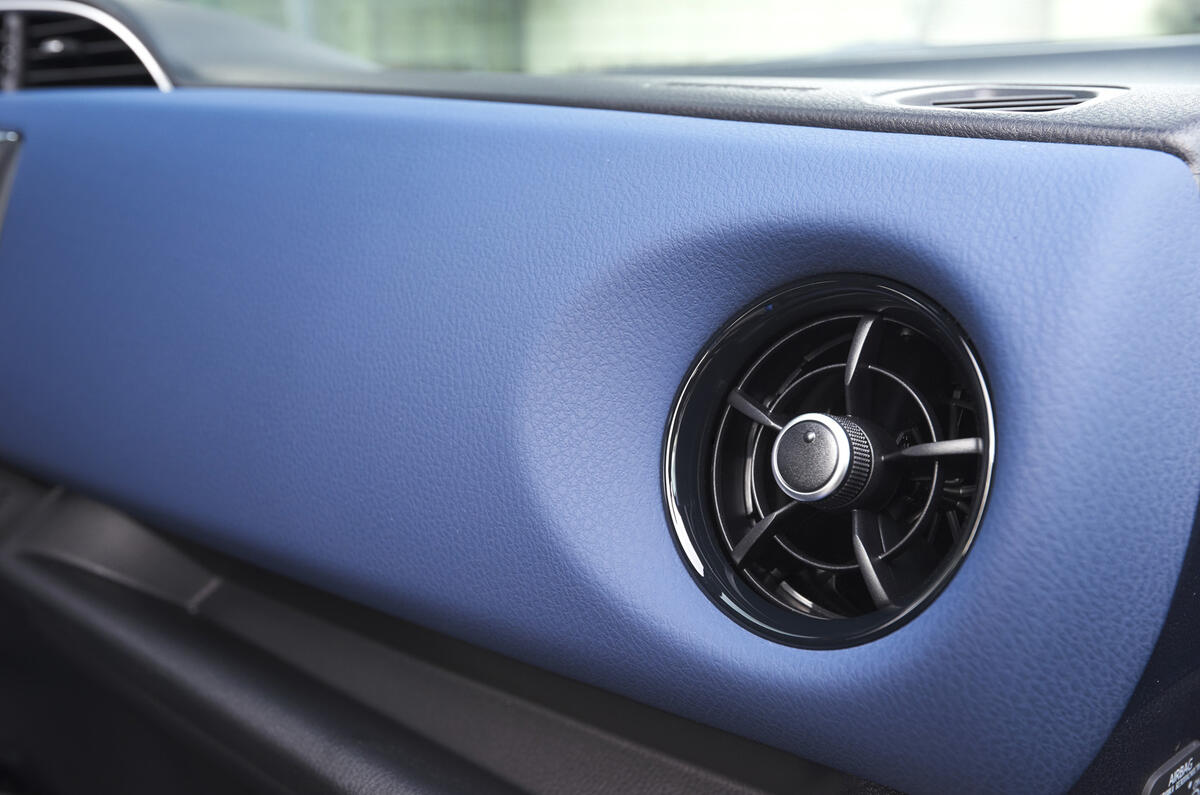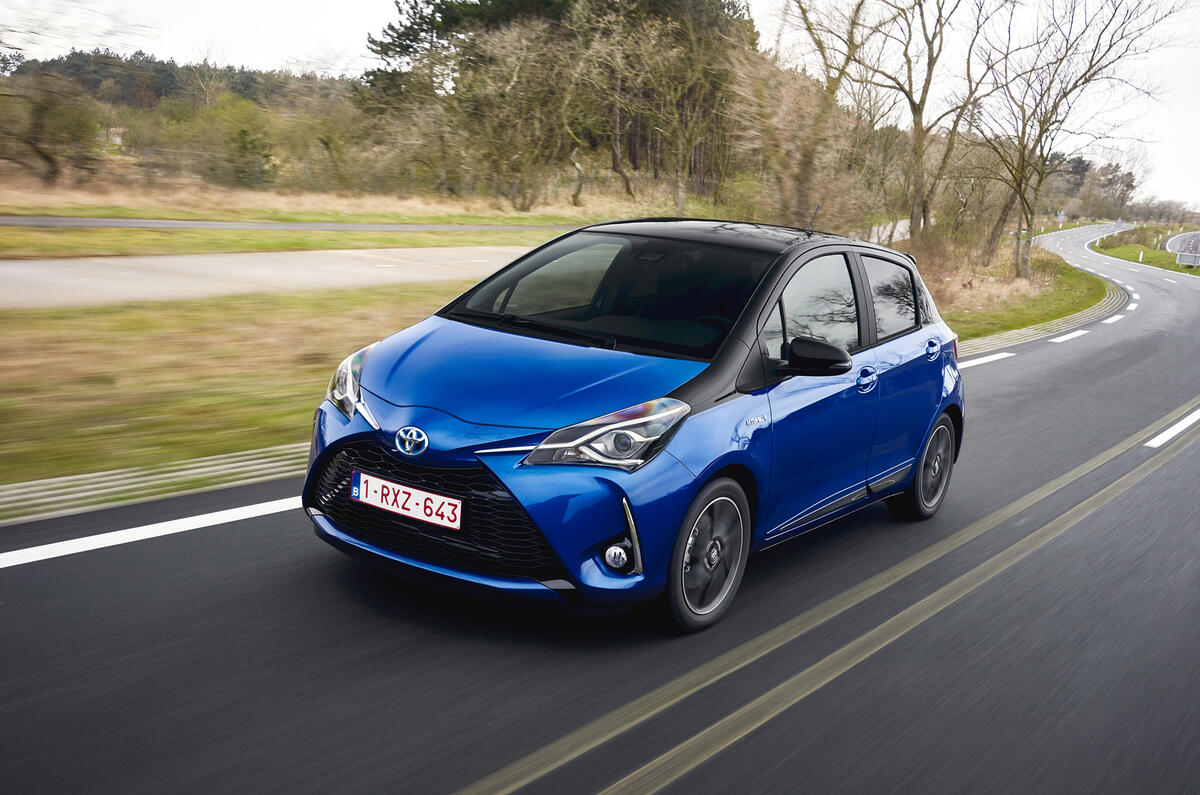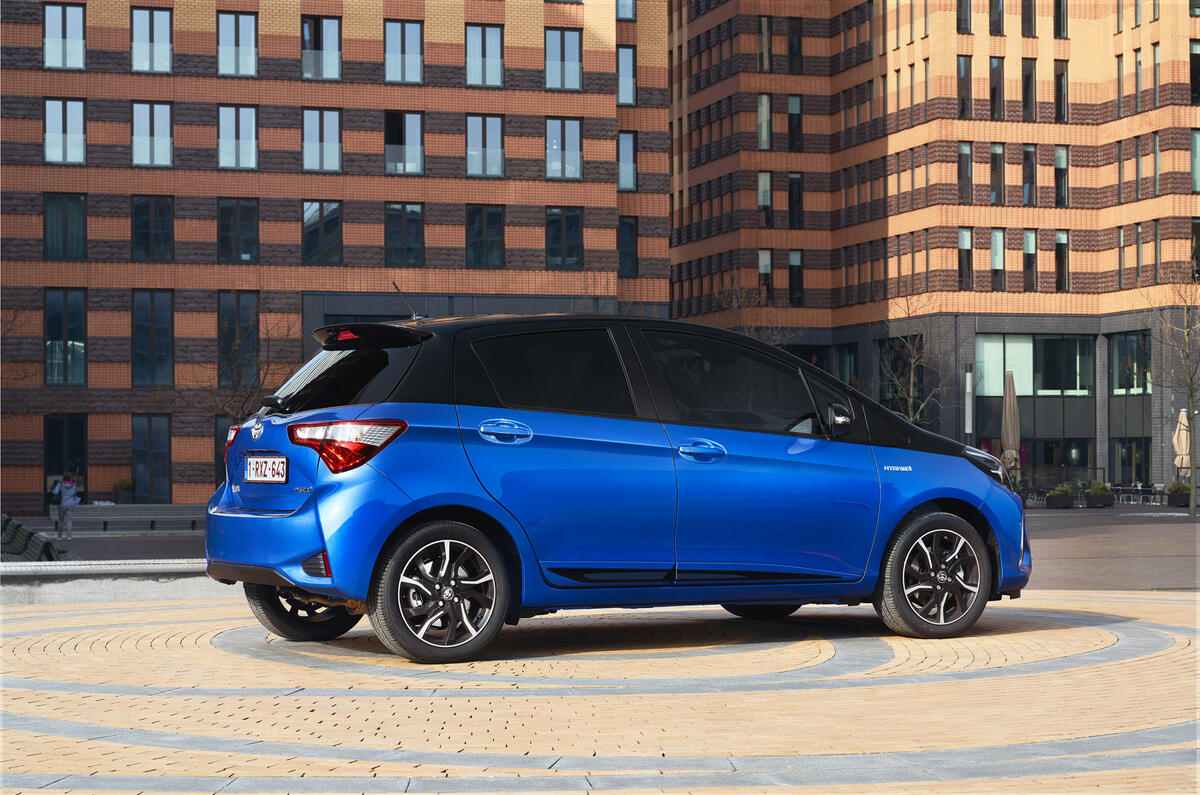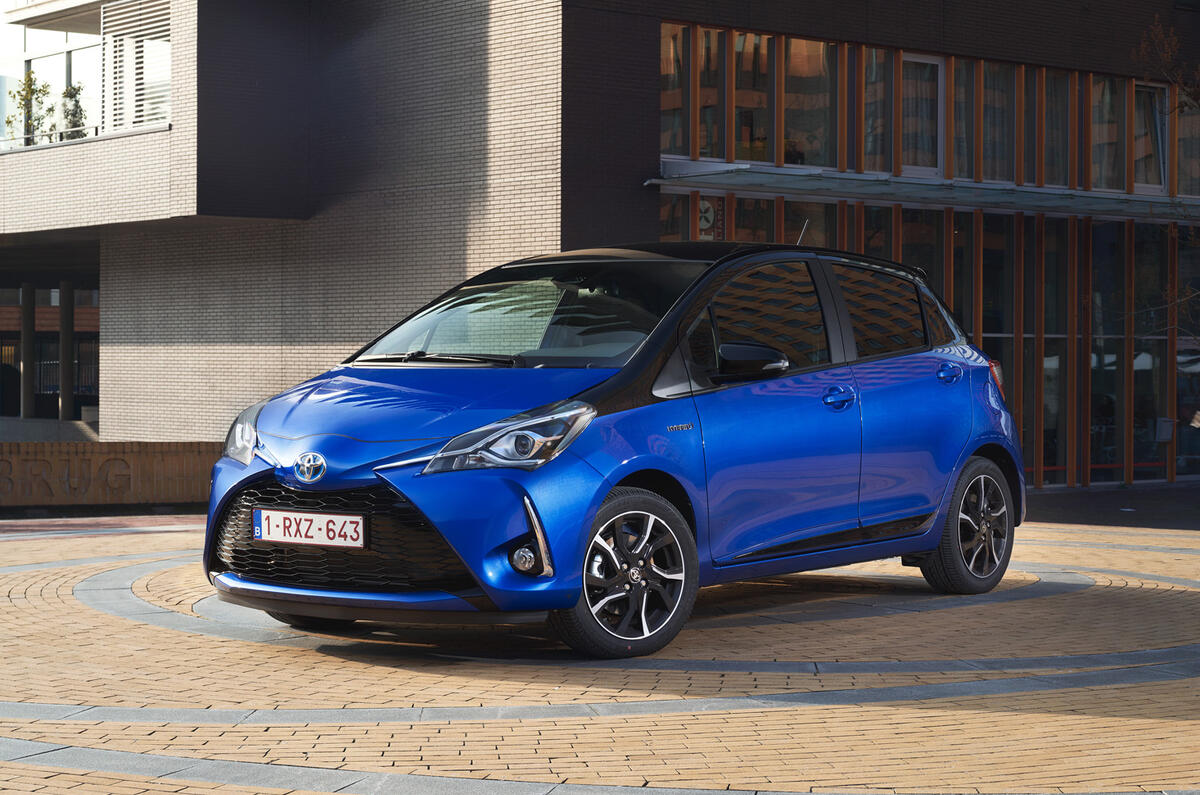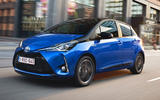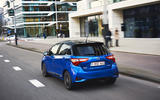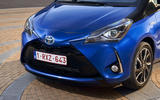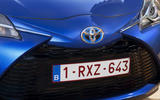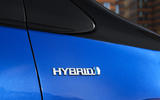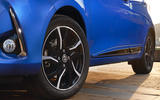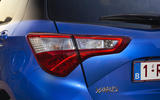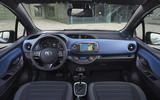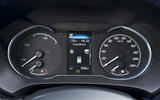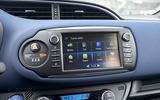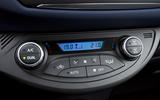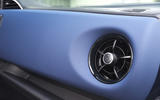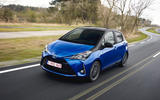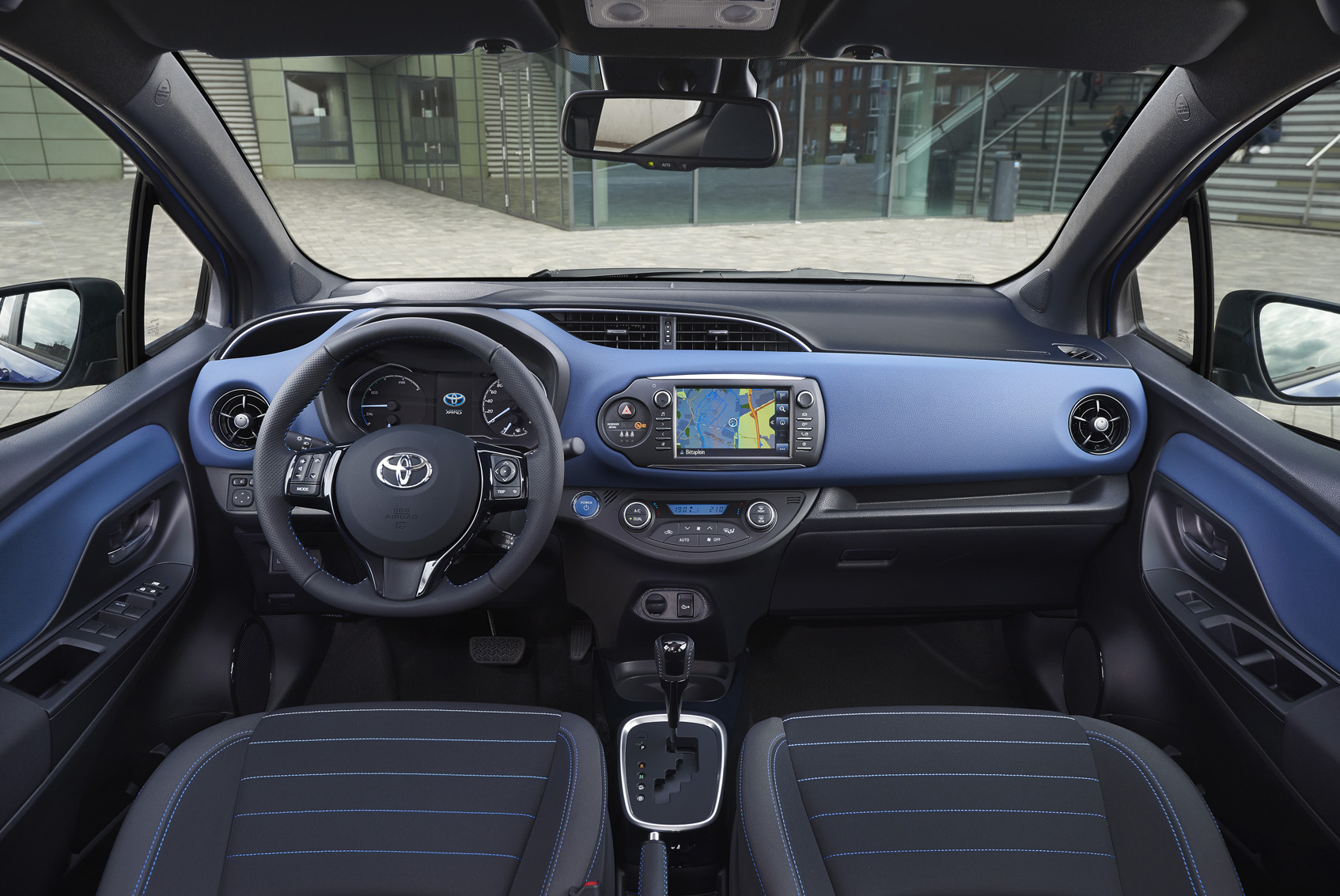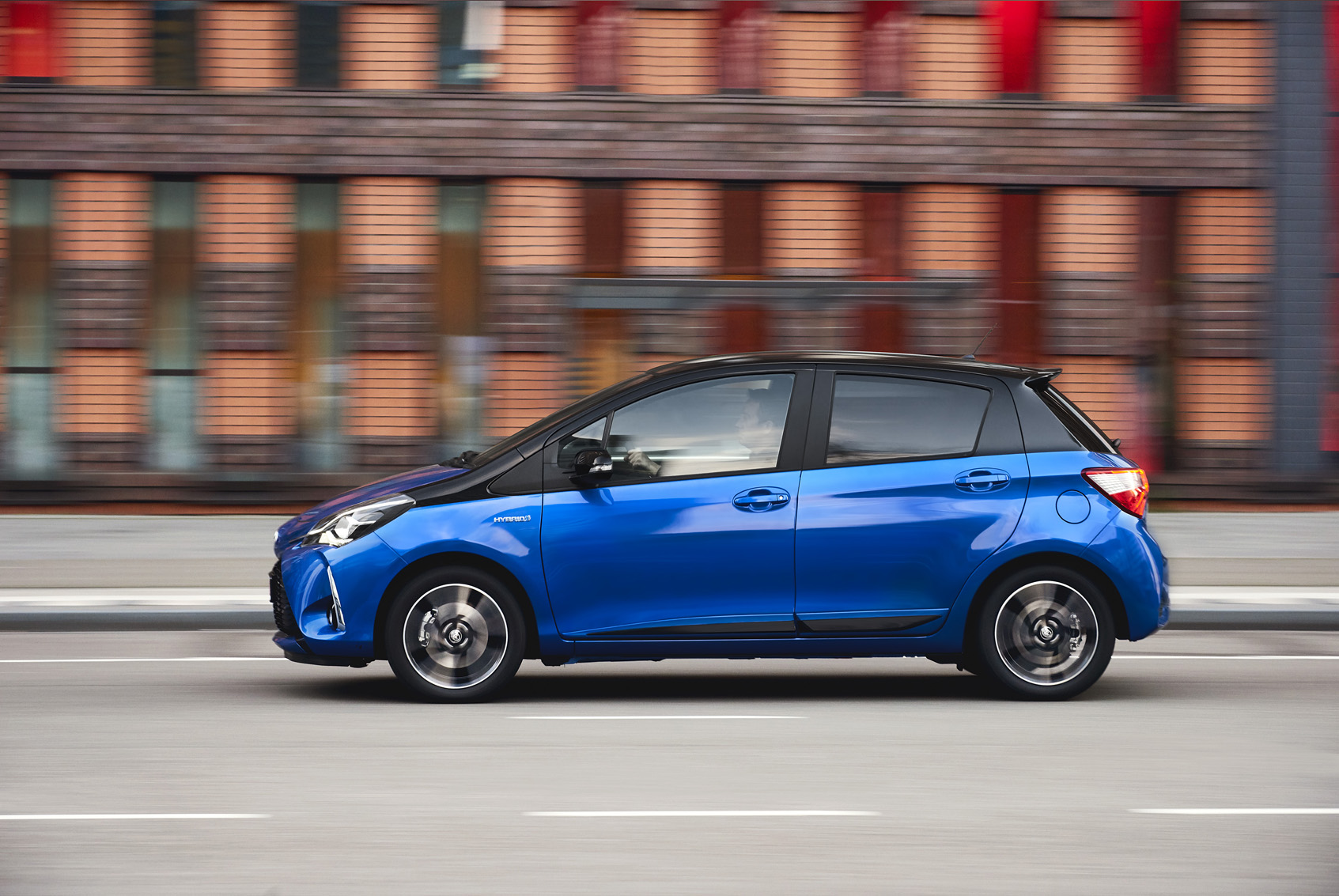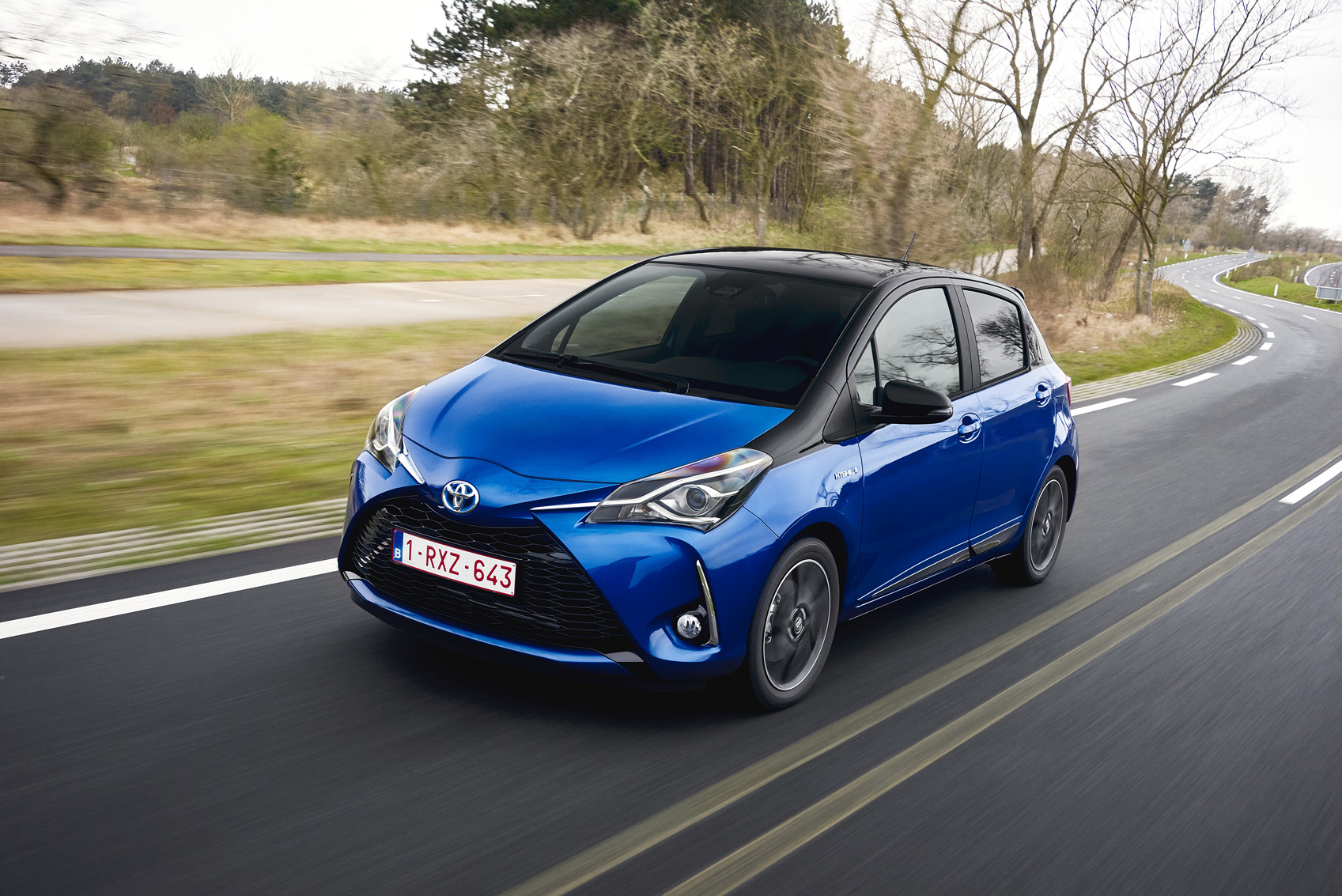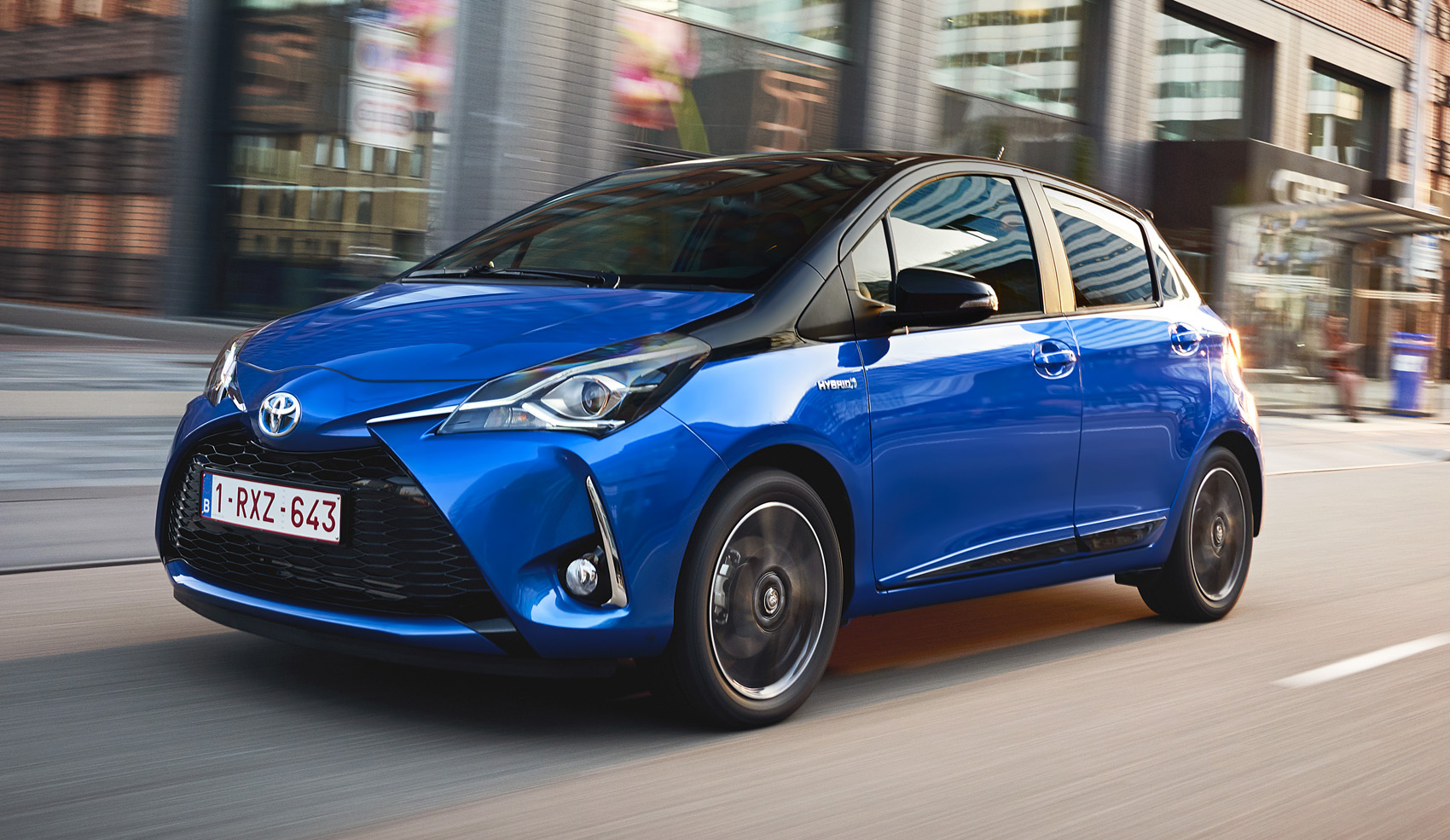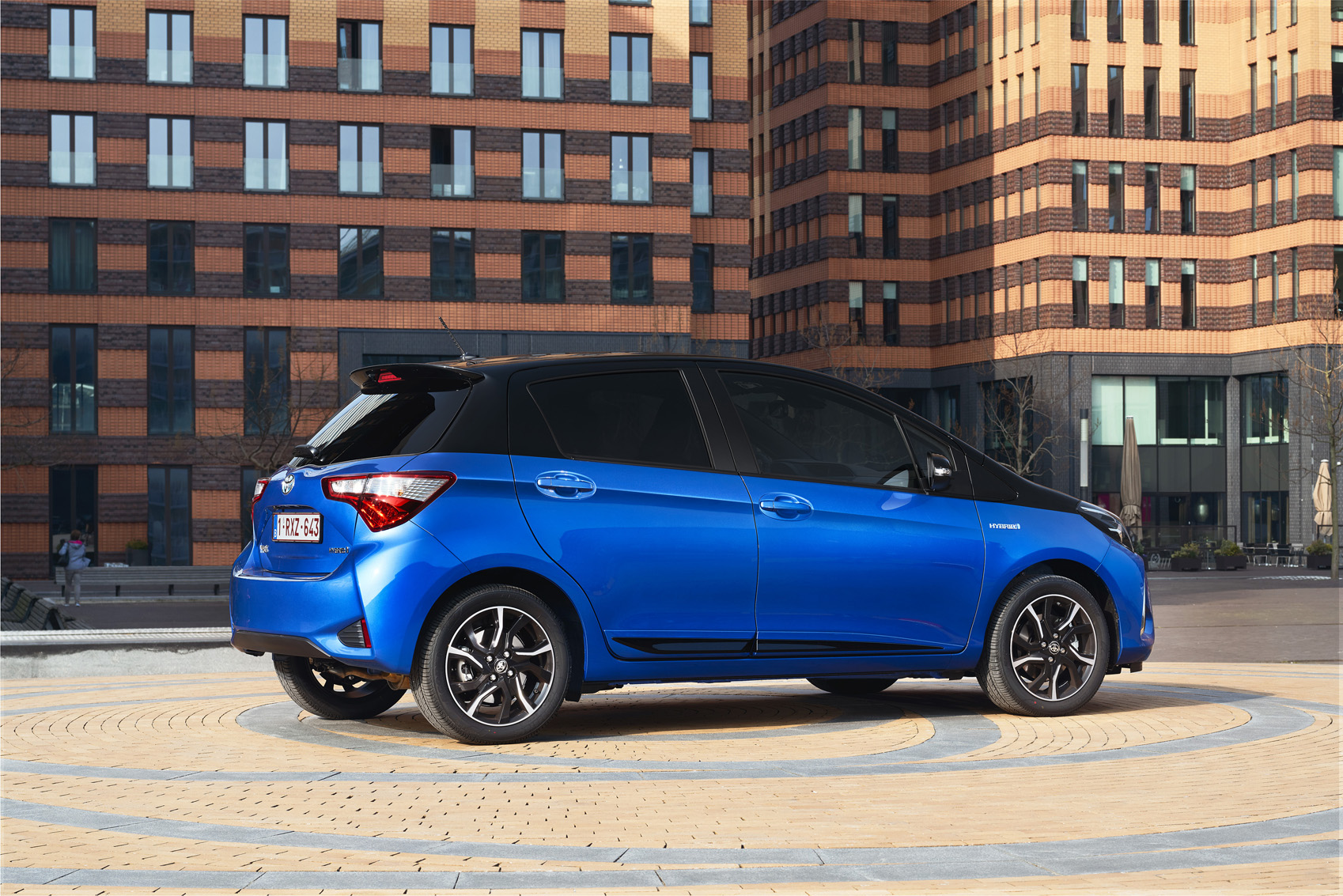Toyota may not have invented the hybrid-powered vehicle, but it has become accustomed to breaking through petrol-electric barriers nonetheless. The Yaris Hybrid is Toyota's first foray into the supermini segment with parallel hybrid technology.
When the original Toyota Prius went on sale in Japan 20 years ago, it was the culmination of a development process that had begun five years earlier, and marked the introduction of the first mass-produced hybrid car.
The seismic ripples generated not only by its novel configuration but also by the 2.5 million sales it subsequently accumulated continue to be felt across an industry that’s still working frantically to catch up with the manufacturing colossus.
The Yaris has the potential to be an even more conductive lightning rod than its bigger hybrid brother. It is smaller, cleaner and, most importantly, cheaper than the established hybrid norm, and it is perfectly positioned to unlock the untapped market potential of the petrol-electric supermini. Toyota has given the Yaris a much needed facelift and equipment boost for 2017, with the hybrid receiving much of that attention - essential considering it made up 40 percent of Yaris sales pre-facelift.
Buyers can pick from one of six trim levels: Active, Icon, Icon Tech, Design, Bi-tone and Excel, as well as numerous styling packs to give owners the opportunity to toughen up or personalise their Toyota city car.


